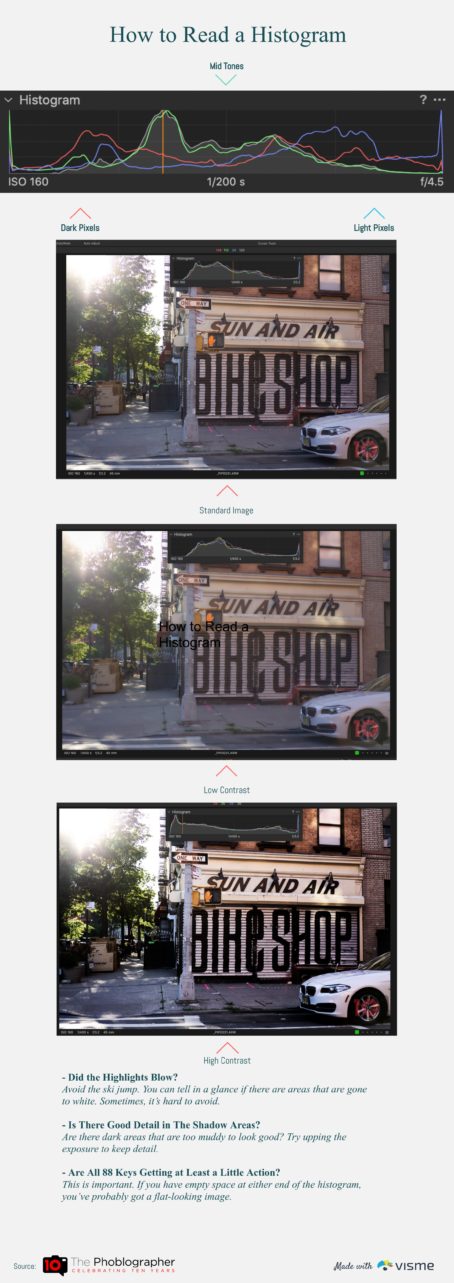Over the years, we’ve done several tutorials on demystifying the histogram. And indeed, I’ll give it its merits and value. The histogram is a very important part of photography that’s sometimes more accurate than the exposure preview setting. But that’s changed over the past few years as LCD screens have evolved in kind. At least, the histogram is most important when it comes to shooting photos for the edit later on. After testing tons of cameras and lenses over the years, I stopped shooting for the histogram; and this is why.
I’m going to preface this article with this statement: this is just what I do. I’ve known a ton of photographers who shoot Canon and Nikon shoot very similarly to me. Ultimately, just shoot however you’d like to get the results that you do. But consider trying something new at the same time.
Why don’t I use the exposure preview mode? It surely affects the autofocus performance of any camera. Every manufacturer has come out and said this, and it also is pretty much how both human and computer vision work. But it also is tougher for my eyesight to process.
Why the Histogram Shouldn’t Matter

For many years, photographers always told people to shoot for the histogram. But after the exposure preview mode on various cameras came out, they stopped doing that as much and discussing the histogram. Now, a lot of newer photographers shoot for whatever the exposure preview (or live view setting effect) mode tells them to do.
Shooting for the histogram is all about shooting for the editing process later on. There’s inherently nothing wrong with that, but there is a lot wrong with not making the efforts in-camera first. You can surely do a lot of post-production to a photo, but you should also make a ton of effort to not need to in-camera. On type of person is a photographer, and the other is a photo editor. Which one are you?
T
There’s two different ways of thinking about this, though. The first one says that the Histogram is for editing layer on. So you’ll use the exposure preview setting to get it right in-camera and not have to worry about it later. And this is an incredibly valid point. But the other one says that you can shoot not for the histogram and truly just care about what you get in-camera. The latter is best off for people not using the exposure preview setting and using an off-camera flash. Off-camera flash (OFC) can do much more for your images than LEDs. The process is also completely different.
When Post-Production is Inevitable
There are a lot of situations where post-production can be inevitable. But there are things you can do in-camera with dynamic range to make that easier. And in that case, reading the histogram is pretty important. You might be missing the data in a specific color, the highlights, the midtones, or the shadows.
Some folks might say that you should shoot for the histogram if you’re doing landscapes. But you don’t necessarily need too if you’re setting up the dynamic range in-camera, use lens filters, etc. In post-production, you’ll probably just have to tweak contrast and a slight exposure setting. Of course, this depends on the format you’re shooting with too. Micro Four Thirds sensors I tend to shoot more like slide-film. So I need to get it perfect in-camera.
Photographers Need to Learn to See Light
Overall, photographers should truly just try to understand how to shoot and see light. And we shouldn’t necessarily just rely on the technology for all of these things. It develops a deeper connection and bond between our artistic side and our technical side. The two can talk to one another pretty easily then. A histogram and an exposure preview setting won’t necessarily help you with this.
w


